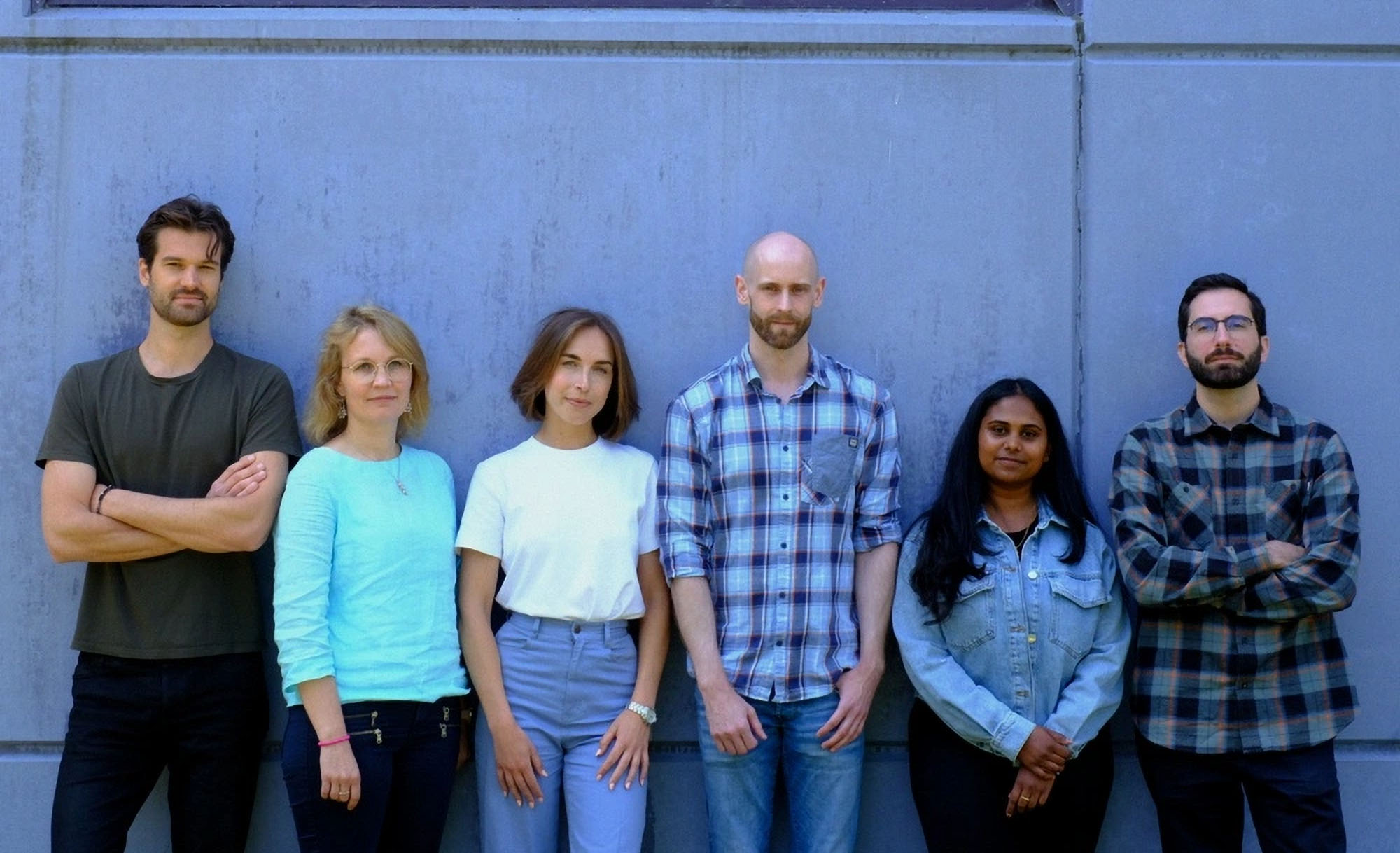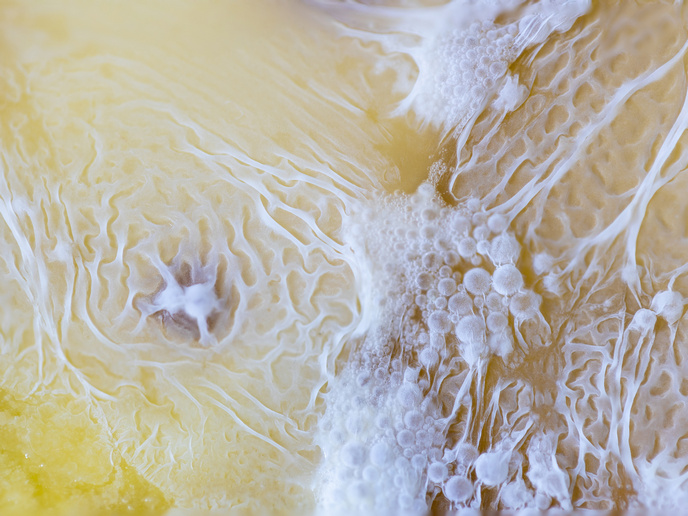

PPTI Web Exclusive: The sensory frontier – unlocking the full potential of mycoprotein
As mycoprotein edges from niche ingredient to mainstream platform, Planetary’s Dr Muyiwa Akintoye explains why taste, texture, and color – not just sustainability and price – will decide its future on the plate
“My role is to make sure we deliver raw mycoprotein to the highest possible specification,” says Dr Muyiwa Akintoye, Chief Product Officer at Planetary, which proudly claims to be the only producer of mycoprotein in Continental Europe at commercial scale. “But the real test comes in how that ingredient behaves once it enters food applications. You can’t separate the two – the quality of the raw material and the processing steps together are what determine the final eating experience.”
It is a deceptively simple statement, yet one that distills the essence of mycoprotein’s promise – and its challenges. In a landscape where alternative proteins are often judged on sustainability metrics, Akintoye insists that sensory qualities still decide success. Nutrition, functionality, and cost matter, but if a product cannot win on taste, texture, color, and overall eating experience, it rarely survives on shelf.
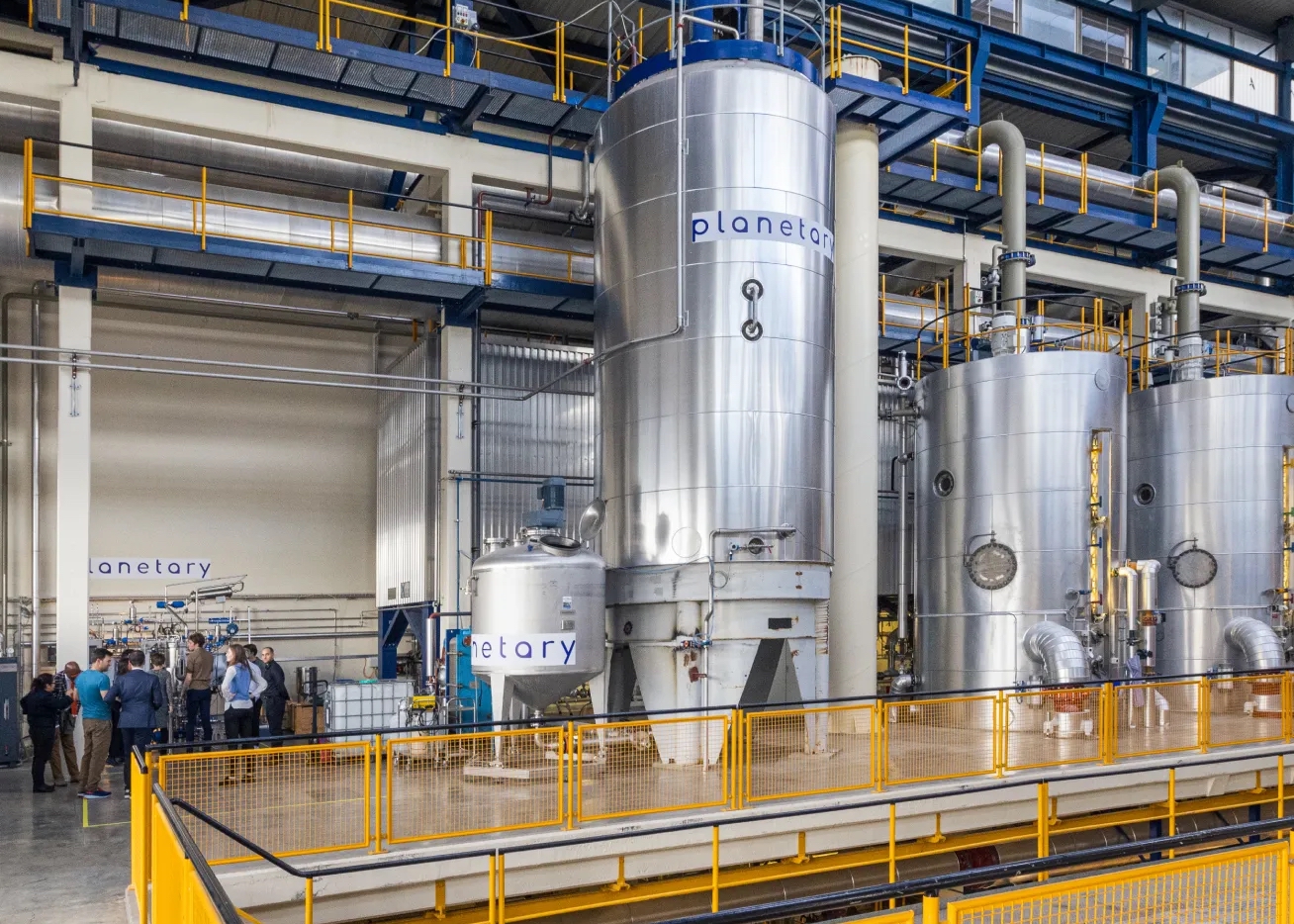
A B2B approach to building an ingredient platform
Planetary is not a consumer-facing brand. Instead, it positions itself as a B2B supplier of what Akintoye calls ‘raw mycoprotein’. In its freshly fermented form, this biomass is not a finished food in its own right. It is a raw material – neutral, fibrous, protein-rich – that downstream manufacturers can formulate into sausages, cutlets, or even dairy analogs.
That duality defines Akintoye’s remit. On the one hand, he ensures the raw biomass meets rigorous technical specifications. On the other, he brings decades of product development experience, understanding how mycoprotein performs in real-world food systems. “I’ve spent many years working with mycoprotein,” he says. “While it’s a fantastic ingredient, it only truly comes to life when combined with other components – binders, flavors, and additional raw materials – to create dishes and foods consumers actually enjoy.”

Feeding the fungus, shaping the flavor
Unlike plant proteins, which are extracted from crops, mycoprotein is grown. The fungus at the heart of Planetary’s system consumes sugars and other nutrients, converting them into biomass. That metabolic pathway has direct consequences for sensory outcomes.
“Like everything in life, you are what you eat,” Akintoye explains. “If you provide the right ingredients, it grows well and gives you a relatively neutral taste. But if you feed it raw materials with strong characteristics, the fungus will take on those attributes, and that can show up in the final product.”
The trick, then, is in judicious feedstock design. Planetary, which is the only mycoprotein producer at industrial scale running on sucrose globally (in lieu of dextrose), provides a carefully balanced diet of carbohydrates, nitrogen, minerals, and vitamins – enough to sustain robust growth, but bland enough to avoid imparting unwanted notes. “That is what enables us to produce a relatively neutral mycoprotein that can then be used effectively in consumer-facing products,” he says.
Umami built-in
For savory foods, that neutrality is not always the goal. “With umami or savory-type products, mycoprotein actually lends itself very well,” Akintoye points out. “Its natural taste is already savory, so you start with a built-in umami base. In sausages, burgers, or chicken-style products, a good-quality mycoprotein with a light savory note integrates beautifully. It means that when you add flavor systems, you don’t need to push too hard.”
This opens a spectrum of formulation strategies. Some brands work with simple seasoning systems, layering in onion, garlic, and yeast extracts. Others partner with flavor suppliers to develop bespoke blends, nudging the biomass toward the flavor architecture of pork, beef, or chicken. Mycoprotein’s baseline savoriness makes either approach easier.
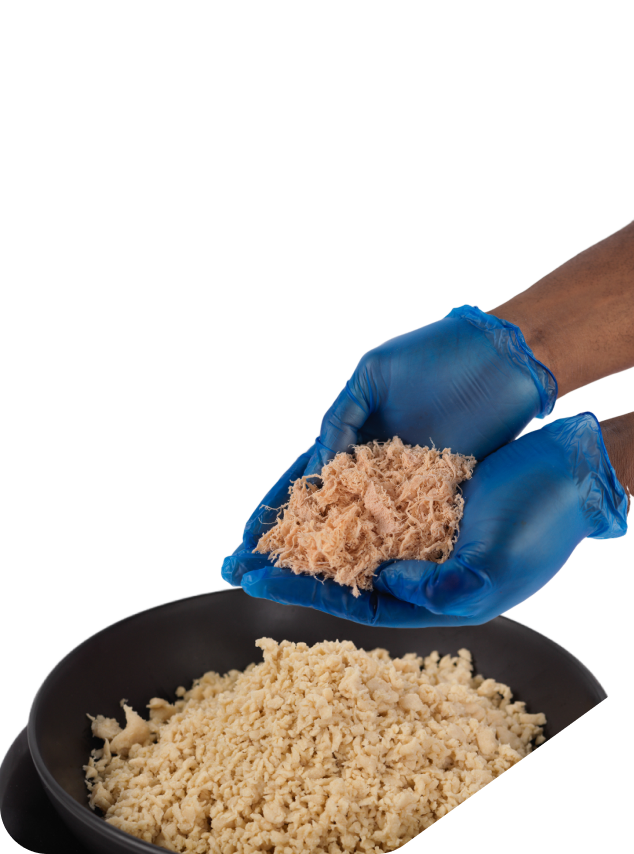
Avoiding the masking trap
Not all microbial proteins are so cooperative. Off-notes – sometimes sulfurous, sometimes bitter – can undermine otherwise promising ingredients. Planetary works hard to avoid them. “If the fermentation process isn’t tightly controlled, the organism can develop off-notes – or even create metabolites as part of a survival response,” Akintoye says.
Here, the company’s proprietary BioBlocks technology comes into play. Without revealing details, Akintoye describes it as a profiling system that enables precise control of media composition and fermentation conditions. That control extends beyond flavor into texture and color. By adjusting inputs and growth parameters, Planetary can coax its fungi into producing biomass with different hyphal lengths, fiber densities, or even shades of coloration, making for a versatile ingredient for burger and chicken meat analogues alike.
Strain selection adds another lever. Planetary uses the well-established Fusarium venenatum strain, but also experiments with others. “As we learn more about them, we can begin to tailor attributes like flavor and texture in new directions,” he notes.
The goal is to deliver mycoprotein that is bland enough to be versatile, yet structurally rich enough to provide a satisfying bite. “By carefully selecting and formulating the media, we can produce a very bland-tasting mycoprotein that doesn’t inherently require masking,” Akintoye says. “That allows us to keep things as natural and straightforward as possible.”
The fiber challenge
Texture may be the most decisive factor in consumer acceptance. “Think of mycoprotein essentially as a fiber,” Akintoye says. “Under the microscope, it looks like a jumble of spaghetti. What we, and many other companies, try to do is align those fibers so they deliver more of the meaty characteristics consumers are looking for.”
Fermentation parameters can influence fiber structure: faster growth usually produces shorter fibers, slower growth produces longer ones. That trade-off – yield versus structure – is a constant balancing act. Downstream, the task is to bundle fibers together with binders and other functional ingredients, and unit operations to create denser structures that mimic meat muscle. “The more we can form these dense, fibrous bundles, the closer the end product comes to meat,” he says.
This engineering is not just about mouthfeel. Consumers judge meat analogs by visual cues – the striations of muscle, the way fibers tear. Mycoprotein’s morphology makes it uniquely suited to approximate these qualities, provided the process is carefully tuned.
“With mycoprotein, you’re working with an ingredient that naturally brings protein and fiber together. That’s a powerful foundation for innovation”
Beyond meat: dairy, snacks, and bakery
Despite its reputation as a ‘meat analog’ ingredient, mycoprotein’s potential is broader. “There are already developments moving beyond meat into dairy-style applications like cheese, milk, and yogurt,” says Akintoye. Here, food acids in dairy formulations help suppress residual savoriness, leaving a more neutral base.
He has also experimented with applications in snacks, cereals, pasta, breads, cakes, and soups. Each comes with technical constraints. In bakery, for example, mycoprotein cannot replace gluten, so it must complement it. In snacks or cereals, concentration intensifies the savory note, which can clash with sweet flavor profiles. “The main challenge is managing the flavor,” he admits. “But with the right processes and formulation strategies, these applications are possible.”
The advantage lies in mycoprotein’s composition: it naturally combines protein and fiber, two nutrients that sometimes require separate additions in formulated food systems. “With protein isolates from plants, if you want fiber, you often have to add it separately,” he says. “With mycoprotein, it’s already there.”
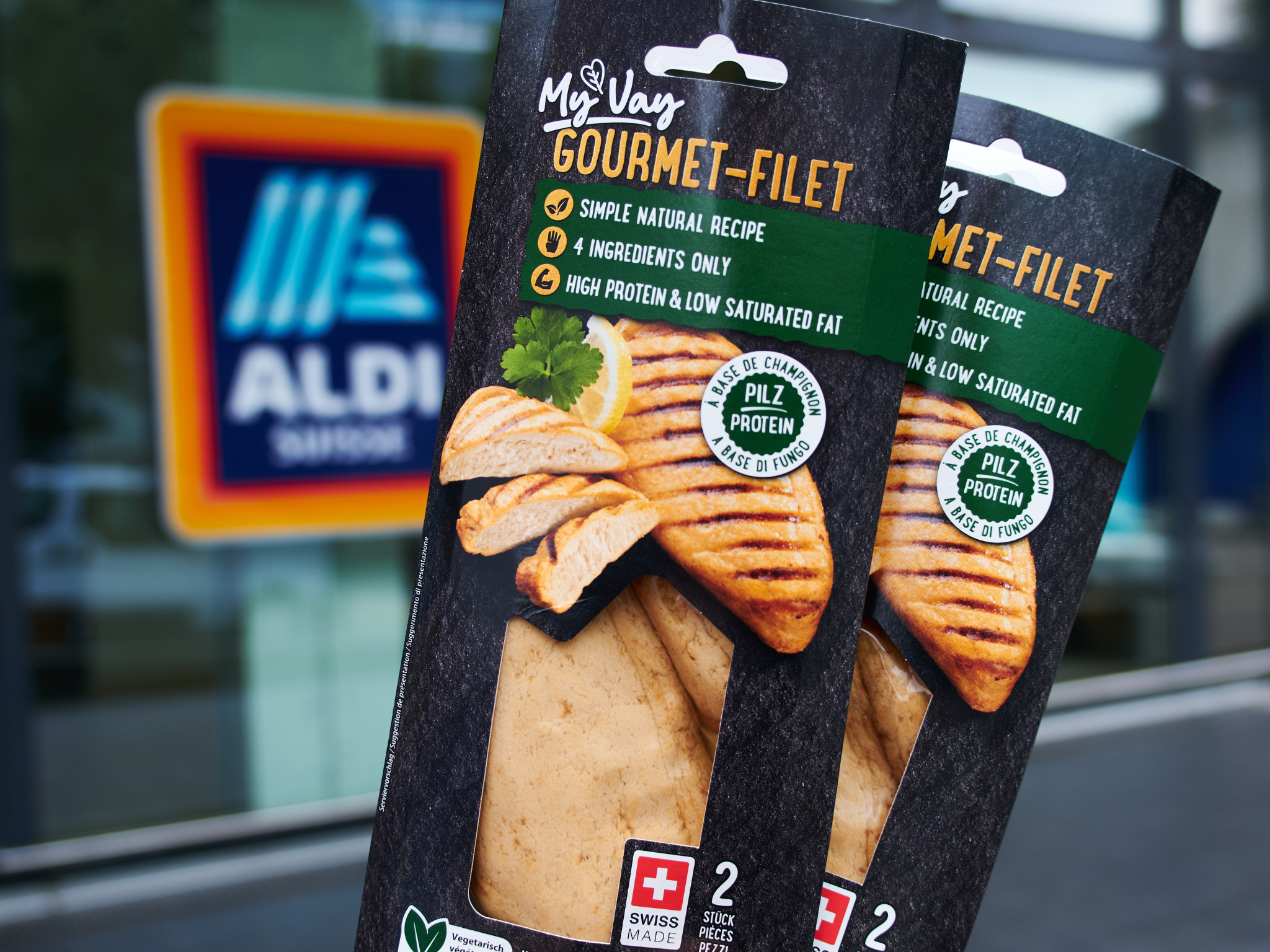
Toward higher protein density
Looking ahead, Akintoye sees protein density as the key frontier. In its wet state, mycoprotein has 11-13% high-quality protein (0.99 PDCASS score). Dried, it reaches close to 50%. But higher natural protein content would lower the cost per unit of protein, expanding access to affordable nutrition worldwide.
“If we can make fungi produce more protein per kilogram of media, that would be a major step forward,” he says. “I believe within five years – and hopefully sooner -we’ll start to see real progress in that direction.”
Infrastructure is another barrier. Current facilities are capital-intensive but planetary’s BioBlocks IP licensing strategy to sugar producers globally is solving this crucial bottleneck. A future in which mycoprotein can be produced cheaply in more distributed systems would unlock new markets. “In an ideal scenario, we’ll get to a point – perhaps in five to 10 years – where the infrastructure isn’t so heavy, and mycoprotein can be produced far more cheaply with much less capital,” he predicts.
Precision fermentation as a complement
While biomass fermentation is Planetary’s core, Akintoye is optimistic about precision fermentation, part of planetary’s IP know-how and offering, as a complementary tool. Regulatory hurdles remain in Europe, but he sees clear parallels with pharmaceuticals. “Insulin is probably the best-known example – it’s now produced primarily through precision fermentation,” he notes. “There’s no reason the same technology can’t continue to advance and bring similar benefits to food.”

Lessons from the consumer
After decades of working with mycoprotein, Akintoye’s final lesson is pragmatic. “Don’t underestimate the customer,” he says. “I’ve made that mistake more than once – working on products and constantly saying, ‘They’re not good enough yet’, and pushing the team to keep refining. And then we launched products I still felt weren’t perfect, only to be blown away by the reception.”
In other words: good is sometimes good enough. Consumers, hungry for alternatives, may embrace a product long before its developers consider it perfected. “As product developers, we can overthink or assume we know better,” he reflects. “But consumers know what they want and the price they want to pay: when something appeals, they’ll adopt it. The trick is not to overshoot – don’t try to deliver a Rolls Royce when what they really want is a BMW or other.”
For all the technical details – feedstock, fermentation media, fiber alignment, downstream processing – Akintoye frames the work in familiar culinary terms. The technology is industrial, but the philosophy is kitchen-based: balance inputs, avoid heavy masking, accentuate natural strengths, and know when to stop tinkering. “Beyond price, flavor may win the first bite, but texture keeps consumers coming back,” he says. “Our job is to make sure the experience is compelling enough to keep them coming back, at the right price.”
If you have any questions or would like to get in touch with us, please email info@futureofproteinproduction.com


